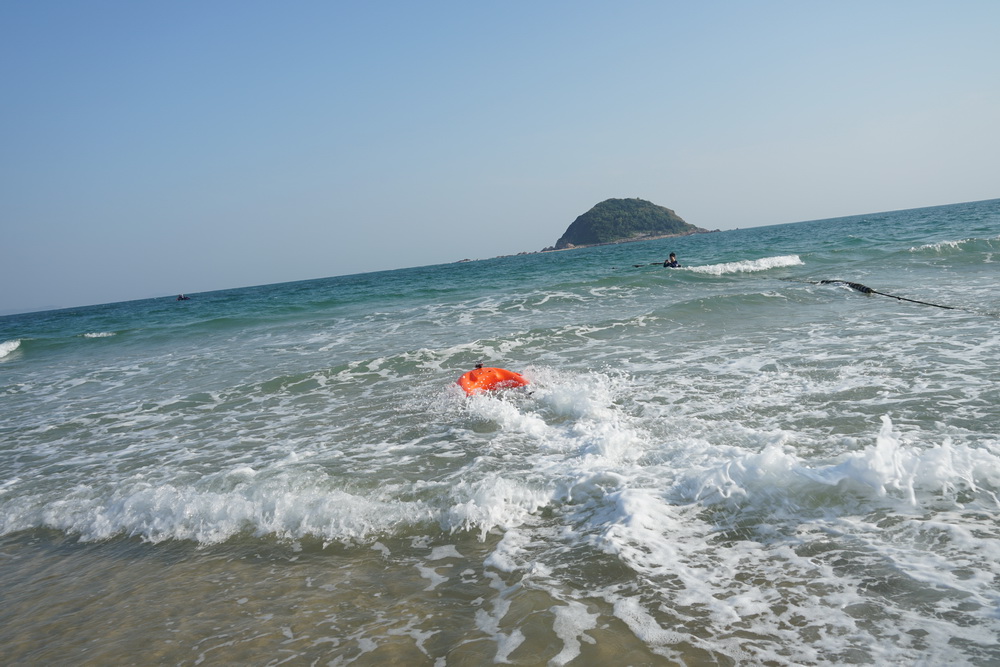The Remote-Controlled Rescue Wing is increasingly becoming a key component in modern water rescue systems, thanks to its efficiency, flexibility, and intelligent features. In response to sudden water accidents, drowning incidents, or flood disasters, traditional rescue methods are often limited by water current speed, distance, and risks to rescuers' safety. The emergence of the Remote-Controlled Rescue Wing not only significantly shortens the golden rescue time but also demonstrates unprecedented precision and reliability in delivering rescue supplies.
Core Advantages of the Remote-Controlled Rescue Wing: Precise Positioning and Remote Operation
Equipped with high-precision GPS positioning systems and real-time video transmission technology, the Remote-Controlled Rescue Wing allows rescuers on shore or on rescue boats to monitor the device's location, heading, and surrounding environment in real time via remote controllers or tablet devices. Combined with electronic maps and target-locking functions, operators can accurately guide the wing to the location of a person in distress, with positioning errors controlled within one meter. This precise positioning capability lays a solid foundation for subsequent supply delivery.
Material Loading Design of the Remote-Controlled Rescue Wing: Modular and Intelligent
Modern Remote-Controlled Rescue Wings typically feature a modular design, with dedicated supply compartments located beneath or inside the body, capable of carrying life jackets, first-aid kits, drinking water, communication devices, and other emergency supplies. Some advanced models are also equipped with automatic release mechanisms that, upon receiving remote commands or pre-set programs, open the compartment doors upon reaching the target area, enabling precise delivery of supplies. This intelligent design ensures that critical supplies reach those in need in the shortest possible time.
Environmental Adaptability of the Remote-Controlled Rescue Wing in Complex Conditions
In challenging rescue environments such as strong currents, rough waves, or nighttime conditions, the Remote-Controlled Rescue Wing maintains stable navigation and completes precise delivery tasks thanks to its powerful propulsion system, stable hull structure, and infrared night-vision cameras. Its U-shaped or wing-like design not only enhances stability on the water but also provides greater space and safety for securing and releasing supplies.


 .
.

Collaborative Rescue Mode of the Remote-Controlled Rescue Wing
In addition to operating independently, the Remote-Controlled Rescue Wing can also work in coordination with drones and rescue boats. For example, a drone can conduct initial reconnaissance and lock onto the target, then transmit the coordinates to the Remote-Controlled Rescue Wing, which immediately launches and swiftly delivers supplies. This "air-water" collaborative model greatly enhances rescue efficiency and the accuracy of supply delivery.
Future Development Trends of the Remote-Controlled Rescue Wing
With advancements in artificial intelligence and the Internet of Things, future Remote-Controlled Rescue Wings will possess stronger autonomous decision-making capabilities, enabling them to automatically plan optimal routes based on environmental changes, identify the status of drowning victims, and intelligently determine the timing for supply release. Meanwhile, improvements in battery life and the use of lightweight materials will further expand their application in long-distance and extended-duration rescue missions.
Conclusion: The Remote-Controlled Rescue Wing is not only a "life express boat" for water rescues but also an "intelligent messenger" for emergency supply delivery. Its precise, efficient, and safe characteristics are redefining the standards of modern water rescue, providing robust technological support for safeguarding human lives.




















 Current Position:
Current Position:












